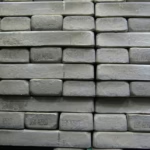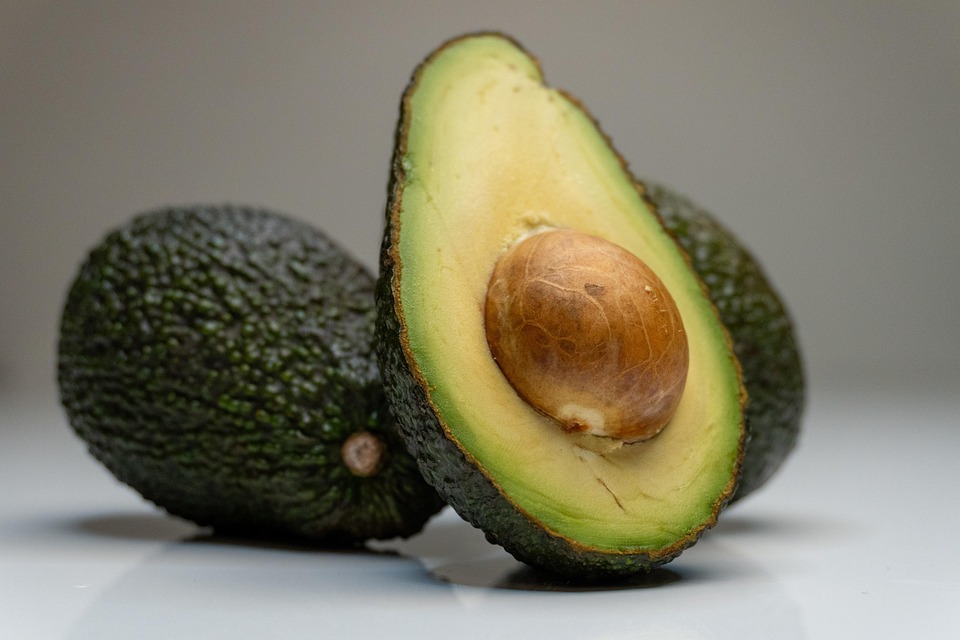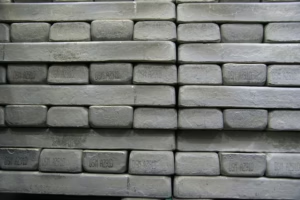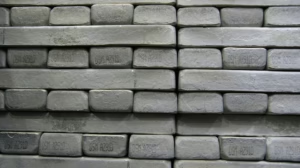Visualize Your Plate: The Importance of Nutrition Food Charts
In a world increasingly driven by convenience, fast food, and processed options, understanding nutrition has become paramount for maintaining a healthy lifestyle. For many, the path to better eating begins with visual representations of nutrition – particularly food charts. These tools help simplify complex nutritional information, guiding individuals to make healthier choices in their everyday meals. This article delves into the significance of nutrition food charts, their role in fostering better eating habits, and how they can be utilized as effective tools in dietary planning.
The Science of Nutrition
Before we dive into the specifics of food charts, it’s essential to understand the fundamentals of nutrition. Nutrition is the science that studies the interactions between living organisms and the substances they consume for sustenance. This includes carbohydrates, proteins, fats, vitamins, minerals, and water—key components that provide the energy required for the body to function effectively.
The human body operates optimally when it receives a balanced diet. A balanced diet includes:
- Carbohydrates: The body’s primary energy source.
- Proteins: Essential for growth, repair, and overall body maintenance.
- Fats: Important for hormone production, nutrient absorption, and energy storage.
- Vitamins and Minerals: Crucial for various biochemical processes and overall health.
- Water: Necessary for hydration, digestion, and nutrient transportation.
Understanding these categories allows individuals to make informed decisions about their food choices.
Understanding Nutrition Food Charts
What Are Nutrition Food Charts?
Nutrition food charts are visual tools that depict the composition of various foods and their nutritional value. These charts can take various forms, including:
- Pyramid Models: Often seen in the USDA Food Pyramid, illustrating the proportions of different food groups one should consume.
- Plate Models: Popularized by initiatives like MyPlate, providing a clear visual of how to fill a plate with the right proportions of food categories.
- Graphic Guides: Charts that display the nutrients found in specific foods and detailed serving sizes.
Benefits of Nutrition Food Charts
-
Simplified Decision-Making: Nutrition food charts distill complex nutritional information into more digestible formats. This simplification aids individuals in making healthy food choices without feeling overwhelmed.
-
Educational Value: They serve as excellent educational tools, often providing insights into portion sizes, caloric content, and nutritional density. By learning how to read these charts, individuals can better comprehend the nutritional value of their meals.
-
Encouraging Balanced Diets: By clearly outlining the ideal proportions of various food groups, nutrition food charts promote balanced eating, encouraging people to include a variety of foods in their diet.
- Visualize Success: Visual representations make it easier for individuals to visualize their meals, offering a practical way to plan meals that are nutritious and balanced.
The Evolution of Food Charts
Historical Context
The concept of using visual aids to represent nutrition has been in existence for centuries. Ancient civilizations understood the importance of food and its impact on health. However, the formalization of nutrition science began in the late 19th and early 20th centuries. Early food charts primarily focused on macro and micronutrients and their relationship to health.
The USDA Food Pyramid, introduced in 1992, marked a significant milestone in nutrition education. Although it faced criticism for its oversimplification and lack of emphasis on healthy fats, it became a mainstream educational tool in schools, homes, and health institutions.
In 2011, the USDA replaced the pyramid with the MyPlate initiative, which presented a more relatable representation of a balanced meal. MyPlate illustrated the proportions of fruits, vegetables, grains, protein, and dairy that should ideally occupy one’s plate, making it clear and straightforward.
Current Trends
Today, nutrition food charts continue to evolve. With the rise of technology, digital food charts and apps provide personalized nutritional guidance based on individual health needs, dietary restrictions, and fitness goals. Various organizations and health agencies have developed tailored food charts to address specific dietary concerns, such as vegetarianism, gluten intolerance, and diabetic-friendly diets.
How to Use Food Charts Effectively
Learning to Read Nutrition Labels
Nutrition labels are often found on processed foods and offer detailed information about the nutrients contained in a serving. Learning to read these labels is a vital skill in conjunction with using food charts. Key elements to consider include:
- Serving Size: The amount of food typically consumed in one sitting, which dictates the nutritional values listed.
- Calories: Energy provided by a serving of food, essential for managing weight.
- Nutrients: Key nutrients listed, including fats, proteins, carbohydrates, vitamins, and minerals.
Meal Planning with Food Charts
Using nutrition food charts to plan meals can significantly enhance one’s dietary habits. Here’s a step-by-step guide to effective meal planning using these charts:
-
Review the Chart: Begin by examining a nutrition food chart relevant to your needs. Consider factors such as age, gender, activity level, and dietary restrictions.
-
Plan Your Plate: Use the chart to visualize how to fill your plate. Aim for a balanced representation of the various food groups while keeping in mind any necessary caloric limits.
-
Include Variety: Ensure that you incorporate different foods from each category over the week. This diversity complements nutritional needs and helps prevent boredom.
-
Portion Control: Use the information from the chart to guide portion sizes. Using measuring cups or a food scale can aid in developing a better understanding of serving sizes.
- Snack Wisely: Nutrition food charts often include snack suggestions. Choose options that align with the nutrients noted in your chart, favoring whole foods whenever possible.
Visualizing Your Goals
Many people find success in visualizing their nutritional goals. Using tools like meal prepping and food journals alongside food charts can help individuals track their progress, hold themselves accountable, and adjust as needed.
The Role of Technology in Nutrition
Diet Apps
With the advent of technology, numerous apps have emerged that incorporate nutrition food charts into their functionalities. These apps can assist with:
- Tracking Food Intake: Many applications allow users to input their daily meals, providing instant feedback on nutrition and caloric intake.
- Offering Recipes: Users can access healthy recipes aligned with nutritional goals and guidelines, making meal preparation task easier and more enjoyable.
- Connecting with Nutritionists: Some apps provide access to registered dietitians, enabling personalized advice and recommendations based on individual dietary needs.
Online Resources
Online platforms also offer extensive databases of nutritional information. Websites and social media accounts dedicated to health and nutrition provide daily tips, meal inspiration, and educational content related to food and health.
Addressing Common Misconceptions
All Fats Are Bad
One of the most significant misconceptions surrounding nutrition is the belief that all fats are detrimental to health. Nutrition charts highlight that some fats, such as those found in avocados, nuts, and olive oil, are beneficial and necessary for bodily functions.
Carbs Make You Fat
Similarly, while carbohydrate consumption should be balanced, they serve as an essential energy source. Charts often emphasize the distinction between simple and complex carbohydrates, promoting whole grains, fruits, and vegetables as healthier choices.
Supplements Are a Replacement for Food
While supplementation can benefit certain individuals, nutrition food charts stress that whole foods provide a diverse array of nutrients that supplements cannot replicate. A diet rich in fruits, vegetables, whole grains, lean proteins, and healthy fats supports overall health more effectively than relying solely on pills.
Conclusion
In conclusion, nutrition food charts play a critical role in promoting health and well-being. They provide a visual representation that simplifies complex nutritional data, facilitating more informed food choices. Understanding how to read food charts and incorporating them into daily life can lead to better meal planning, improved eating habits, and enhanced overall health.
By recognizing the importance of nutrition, embracing visual aids, and leveraging technology, individuals can take charge of their dietary choices and work towards healthier lifestyles. As we navigate the complexities of modern eating, simplification through tools like nutrition food charts will remain invaluable in our pursuit of lifelong health.


























Add Comment